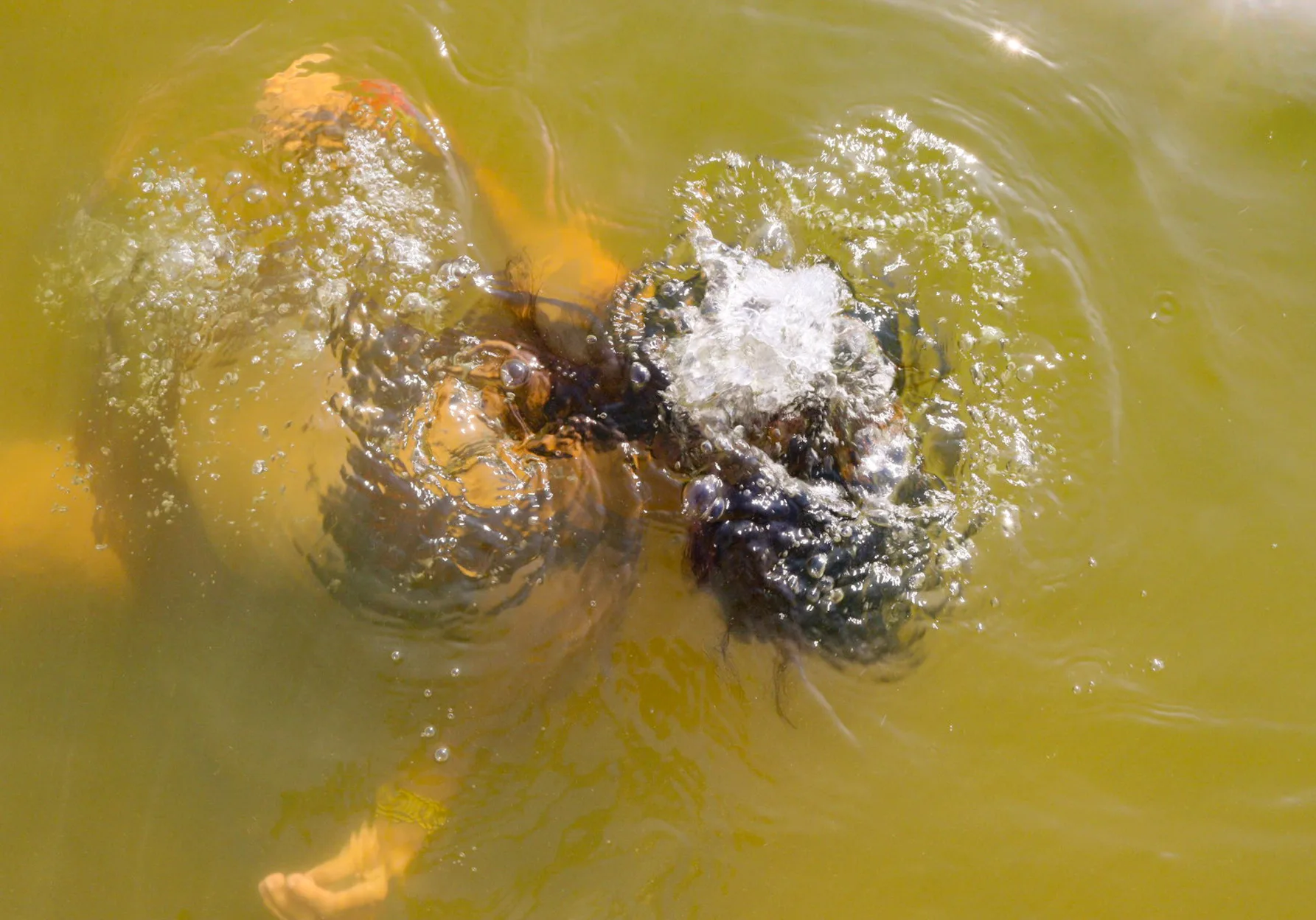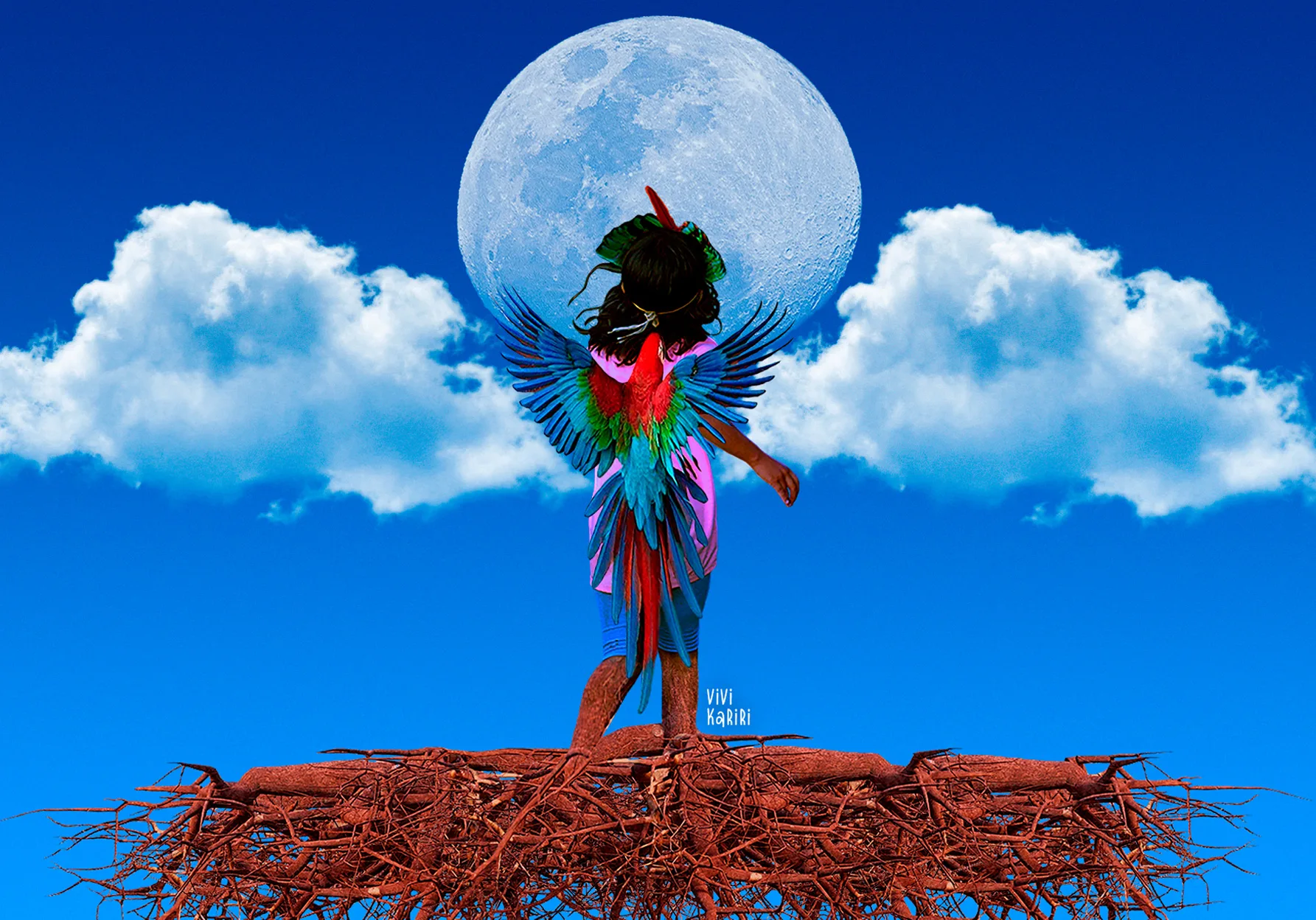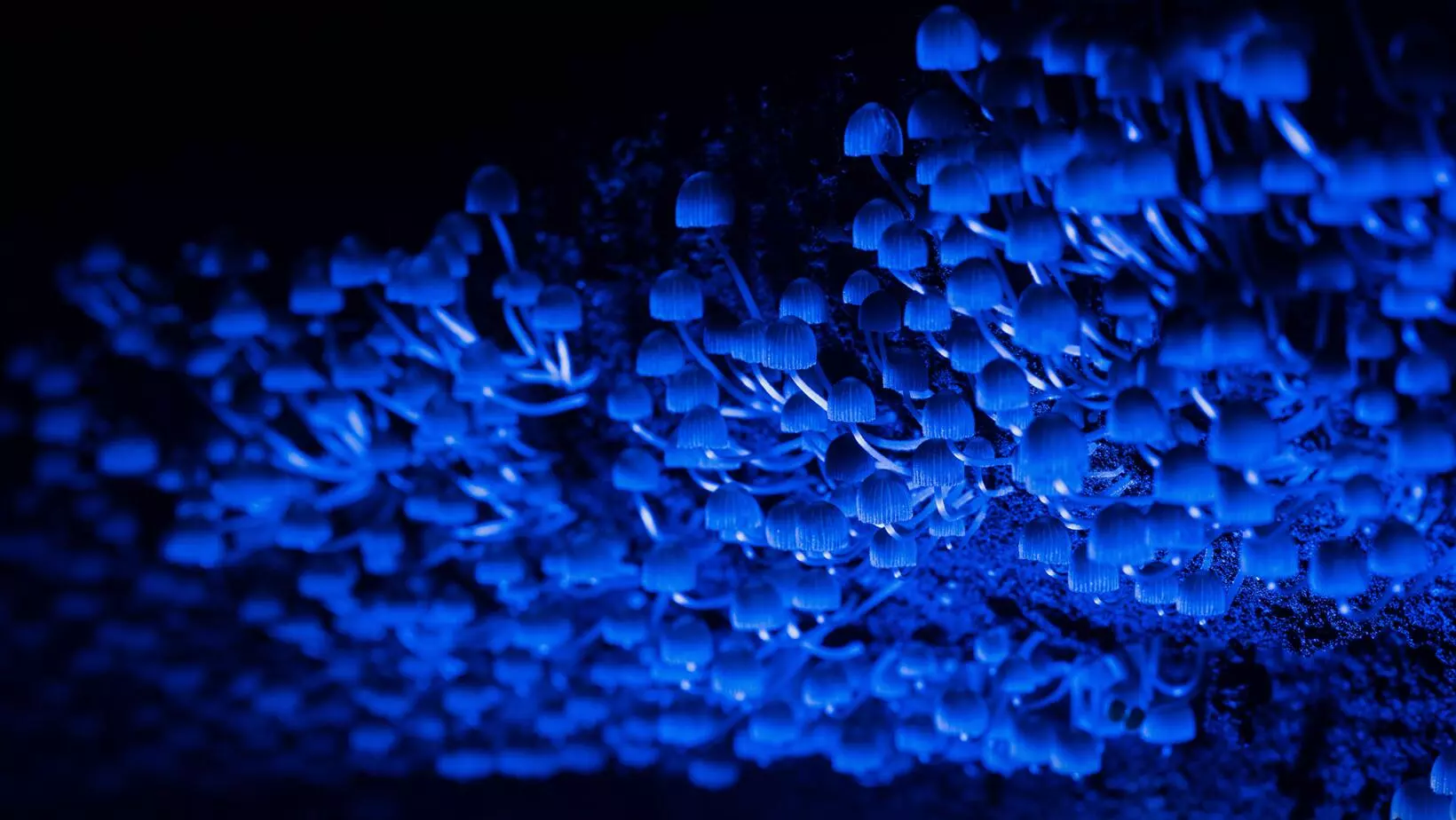Maybe it was that baby bootie stuck to the cadaver of a horse floating in the murky water. Maybe it was the stunned look on the face of the paraplegic boy who was heaved up into our boat by a father fighting the current to save his son. Everything was very confusing that Tuesday afternoon as I sat in a wooden boat riding down an avenue where just days before I had ridden my bike. Surrounded by the powerful waters that have submerged entire neighborhoods of Porto Alegre, capital of Rio Grande do Sul, suddenly something became very clear to me: this is real life now—my life and the lives of my neighbors. What had been theoretical was playing out in front of me.
For someone who has studied and worked with climate change for decades, none of this should come as a surprise. There has long been a scientific consensus about the unsustainability of our economic model, and calculations of the extent of the damage that human-caused greenhouse gas emissions are doing to our planet are increasingly precise. Released in 2023, the latest report by the Intergovernmental Panel on Climate Change (IPCC) is categorical in stating that extreme events, such as heavy rains, prolonged droughts, and heatwaves, are growing more intense and more frequent as the result of human action. The planet is already 1.27 degrees Celsius warmer than in pre-industrial times, according to the European Union’s climate information system Copernicus. As a consequence, the atmosphere, oceans, and the earth’s surface are all heating up. Warmer oceans mean more water evaporates into the air, generating more energy and intensifying phenomena like storms and cyclones. A warmer atmosphere retains more moisture, and this water vapor fuels severe, concentrated storms. It’s the ideal recipe for extreme weather events.
No wonder images of floods, storms, and other climate disasters are more often found on the front pages of newspapers. Not long ago, I published reports on record-breaking heatwaves in Europe and on imbalances in biodiversity in California; I detailed the consequences of melting glaciers in the Antarctic; I reported the dramatic stories of people living with one of the most extreme droughts in northern Brazil; I talked about how the climate is producing ever more serious epidemics—all clear signs of what science has been warning us about for years. But when the climate crisis engulfs your own city, your own neighborhood, and your own family, the tragedy takes on another dimension. Now I’m in the rescue boat, having to tell the world we’re drowning.
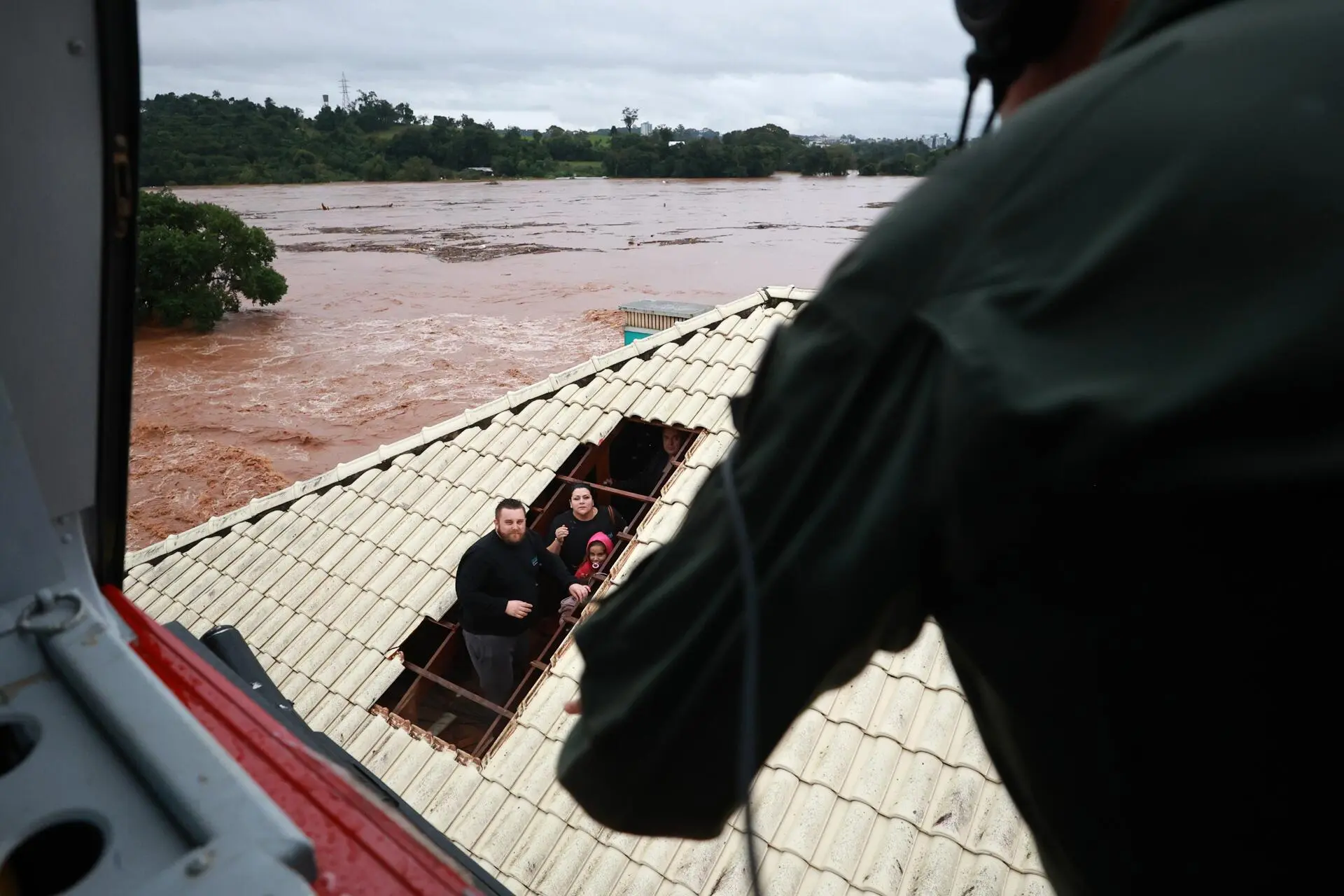
In Lajeado, people had to be rescued by helicopter. More than 11 people are missing in this municipality alone. Photo: Jeff Botega/Agência RBS via Reuters
I’m writing this on a Thursday morning, lulled by the nonstop noise of rescue helicopters, some so close the windows of my house shake. At least I still have a house, I tell myself. This sound has been the steady companion of many people in Rio Grande do Sul for almost a week, since a succession of heavy rains pushed rivers to historic levels, leaving entire towns underwater and ruining thousands of human and non-human lives. According to official data, more than 500,000 people across the state have been displaced so far, while 149 have lost their lives and another 112 are missing.
But you only have to take a spin around the capital to realize the tragedy is infinitely greater. On the north side of town, at one of the main launching sites for rescue boats, a group of volunteer veterinarians is working tirelessly to care for the huge number of frightened, sick, and critically ill pets being brought in. When I head over to board a boat, I’m shoved out of the way by a girl holding her labrador, Feijão (Beans), in her arms. “His heart’s stopping; his heart’s stopping!” she shouts. I stand aside and watch as two vets pick up the wet animal, who is in cardiac arrest. A crowd gathers. Standing back, heart in hand, I wait to see what happens. After a few minutes of silence, a round of applause—Feijão has been revived. As the crowd breaks up, I notice some people have timid smiles on their faces. Any news that doesn’t reek of tragedy feeds a bit of hope. The problem is that these smiles are short-lived. As soon as the dog is placed back in the girl’s arms, I hear the roar of an approaching boat. It is carrying five rescued people, all soaking wet, some shivering. Among them is an elderly man who needs immediate medical attention. The crowd gathers again to help. There’s a constant bustle here. Day and night. Many voices, much shouting. A stark contrast with the nearly suffocating silence around the next corner, where the water has taken over.
I’m here with the mission of accompanying rescue efforts and reporting on the situation of thousands of climate refugees displaced within their own city—living in cars, in shelters, or beneath bus stop canopies. But if you leave the dry pavement a few yards behind—something you can only do by boat—you’ll encounter a deeper layer of the disaster: the reality of what no longer exists. Of impossible new beginnings. Mile after mile of houses, shops, cars, and lives swallowed up by water. While the horse’s cadaver floats past, that pink baby bootie somehow still there, I think about how all of this could have been avoided. I try not to focus on the causes, the culprits, on what could and should have been done. After all, every second of my time should be devoted to helping. But for someone who has studied the subject for so long, it’s almost impossible to quietly accept it when you hear many people still insisting that only the rains are to blame for all this.
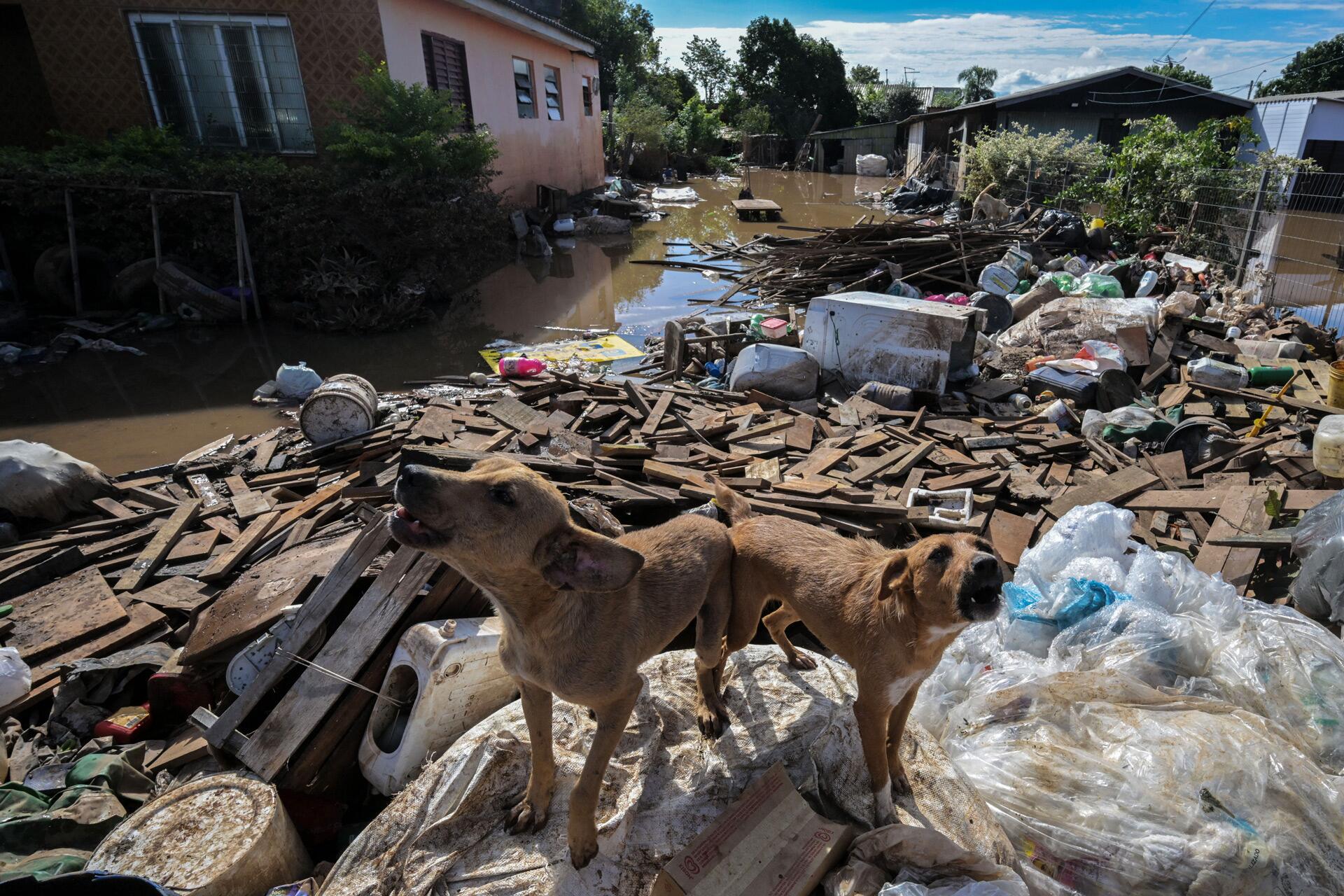
More than 1,000 animals have been rescued across the state since flooding began. Photo: Nelson Almeida/AFP
What is happening in Rio Grande do Sul—and in many other parts of the world—is the result of a model of society that has arrogantly considered itself the center of the world far too long. It is a model that sees Nature only as a resource and not as a complex web of lives that depend on each other. A web in which we are umbilically linked. A society that denies science when convenient and that elects its representatives with this mindset.
For decades, climatologists have been advising that southern Brazil is very vulnerable because it is a meeting point for tropical and polar weather systems, thus favoring periods of heavy rainfall and others of drought. According to the latest IPCC report, a significant number of studies have found a relation between the heavy rainfall observed since the 1950s in Southeastern South America, which includes Rio Grande do Sul, and human-caused climate change. Nine years ago, a report by the Brazilian Panel on Climate Change, compiled by Brazilian scientists, already predicted more extreme storms in southern Brazil and prolonged droughts in the north due to climate change. And yet little or no public investments have been allocated to prevention or adaptation. On the contrary. Scientists with ClimaMeter, a research project funded by the European Union and the French National Center for Scientific Research (CNRS), analyzed rainfall in southern Brazil in late April and early May and concluded that human-caused climate change intensified precipitation by 15%.
While the south of Brazil is drowning and droughts are drying up the north, dozens of politicians in Brasilia are trying to pass at least 25 bills and three constitutional amendments that could irreversibly damage Brazilian ecosystems. Until public policies are grounded in science, until the voices of Indigenous peoples are truly heard, and until our perception of life around us changes, Brazil—and the world—will continue to engineer an unviable future.
Scientists agree that climate change is already having a broader, harsher impact than expected on people and ecosystems, and with each fraction of a degree of heating, future risks climb. Despite this, when global leaders meet at annual UN Climate Change Conferences, known as COPs, they fail to move forward as urgently as needed. There is scientific consensus that, depending on our decisions from this point on, we still have a chance of containing the rise in global temperatures and averting the worst projections—which, as always, would hit the poorest among us hardest.
Fortunately, the same climate science that warned us of the current dire reality also offers a possible path forward. We only need to figure out where we will look from now on—and what our choices as a society will be.
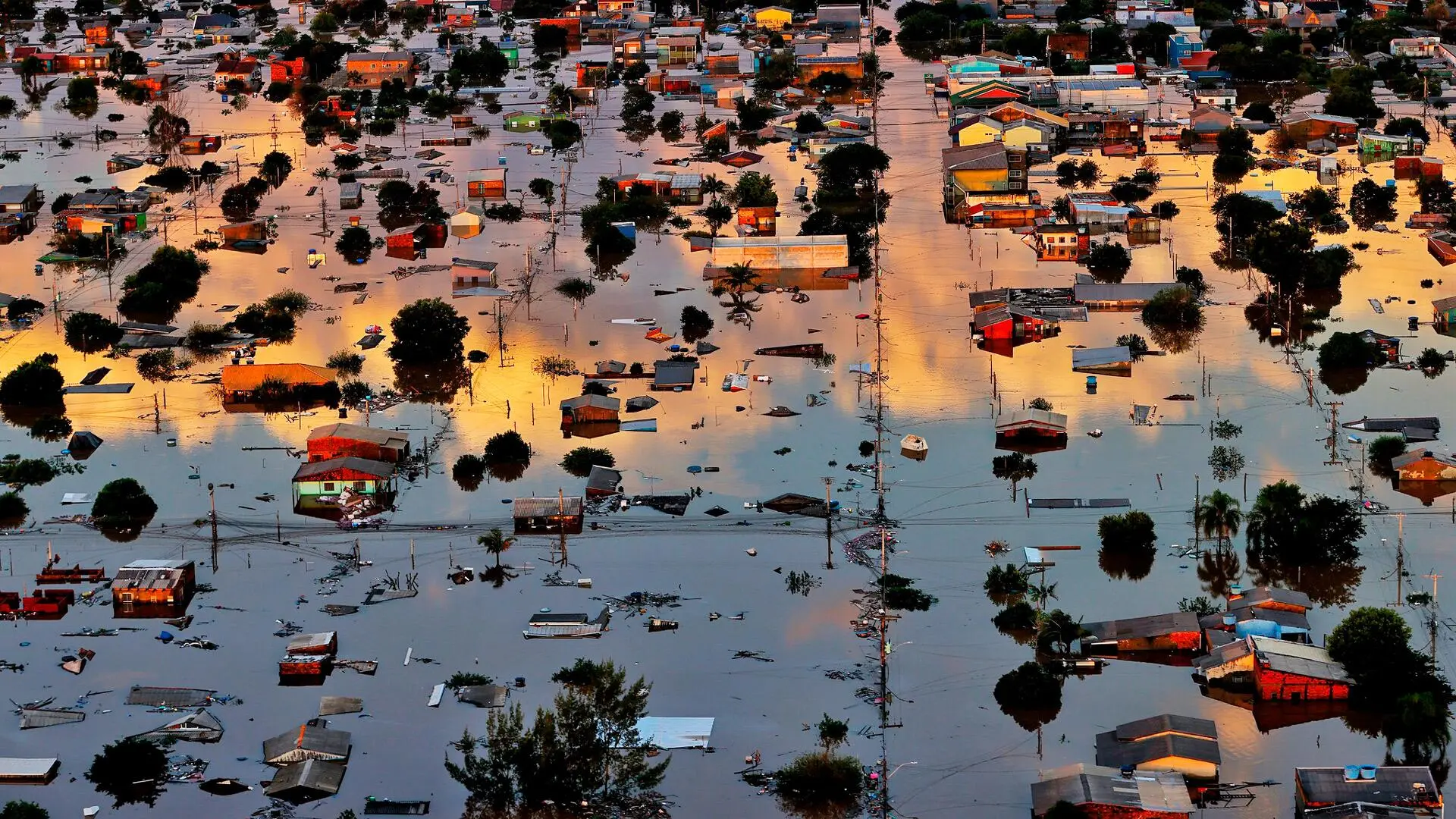
Heavy rains pushed the Guaíba River to a record level. Entire neighborhoods are underwater. Photo: Lauro Alves/Secom
Report and text: Jaqueline Sordi
Editing: Talita Bedinelli
Photo Editor: Lela Beltrão
Fact-checker: Plínio Lopes
Proofreader (Portuguese): Valquíria Della Pozza
Spanish translation: Meritxell Almarza
English translation: Diane Whitty
Copyediting and finishing: Natália Chagas
Editorial workflow coordination: Viviane Zandonadi
News editor: Malu Delgado
Editor-in-chief: Talita Bedinelli
Editorial director: Eliane Brum

